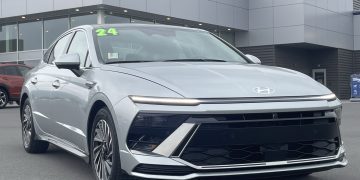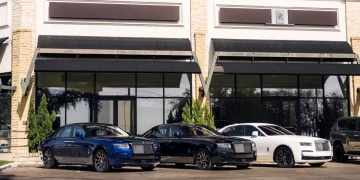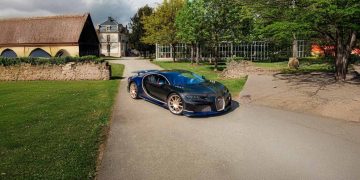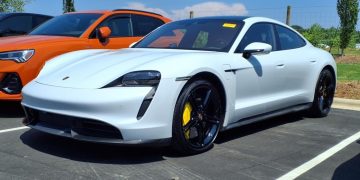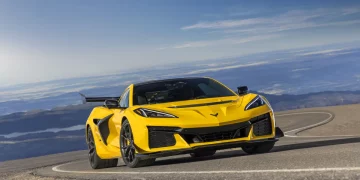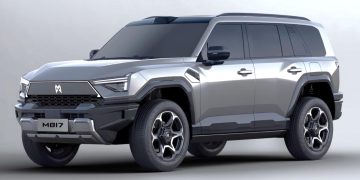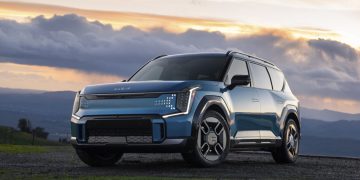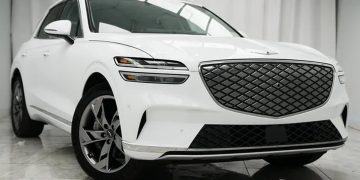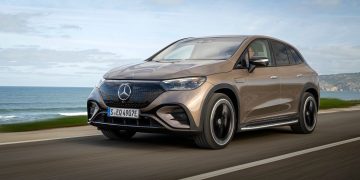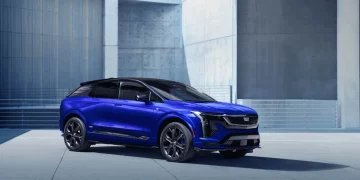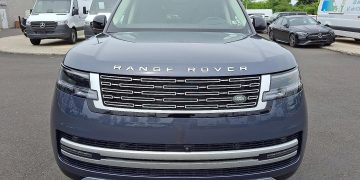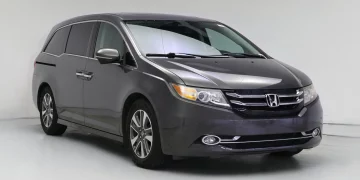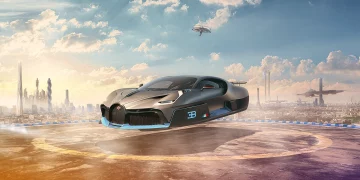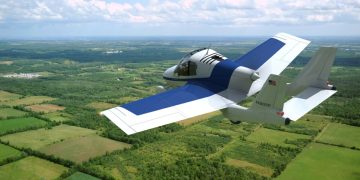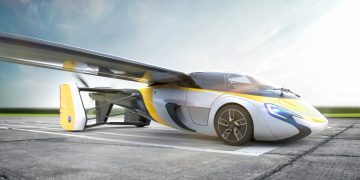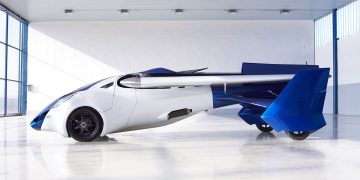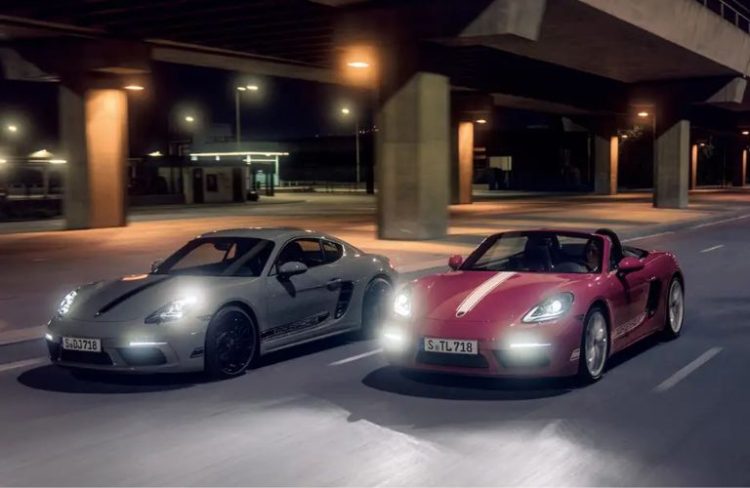Supercars are synonymous with speed, performance, and cutting-edge technology. They’re built to reach speeds that can leave the average car in the dust. But while these high-performance machines are designed for thrilling acceleration, cornering, and top-speed feats, their safety features are often just as impressive. Supercar manufacturers invest heavily in ensuring that their vehicles don’t just deliver an exhilarating driving experience, but also protect their occupants in the event of an accident.
In this article, we will explore how speed and safety go hand-in-hand in the world of supercars. We’ll look at how manufacturers balance the need for extreme performance with the necessary safety features, from advanced materials to electronic systems, and discuss the innovative technologies that make these machines both thrilling and secure.
1. The Need for Speed: A Supercar’s Core Identity
Supercars are not like typical cars. They are designed with one goal in mind: performance. From aerodynamic design to engine power, everything about a supercar is built to push the boundaries of speed and handling. However, while performance is critical, safety is not overlooked. In fact, the two are often intertwined in supercar design.
1.1 Speed and Safety: A Delicate Balance
One of the key challenges for supercar manufacturers is maintaining the balance between performance and safety. While supercars need to be lightweight and agile for fast acceleration, quick cornering, and high-speed stability, they must also be able to withstand high-impact collisions, protect passengers, and offer stability in difficult driving conditions. As a result, engineering a vehicle that excels in both speed and safety is no simple task, and manufacturers must incorporate advanced technologies and materials to ensure that these high-speed machines are as safe as they are fast.
1.2 The Role of Aerodynamics in Supercar Safety
Aerodynamics is not just about enhancing a supercar’s performance. Proper aerodynamic design can also play a crucial role in the vehicle’s stability and safety. Supercars are built with aerodynamics in mind to ensure they maintain grip on the road at high speeds and reduce the likelihood of instability, particularly when cornering or driving in adverse weather conditions. The goal is not only to achieve faster speeds but also to make sure the vehicle remains predictable and easy to control.
2. Advanced Materials: The Backbone of Supercar Safety
When it comes to high-performance vehicles like supercars, every component plays a crucial role in both performance and safety. Advanced materials are at the heart of supercar engineering, enabling manufacturers to create cars that are lightweight yet strong enough to withstand the forces of high-speed driving.
2.1 Carbon Fiber: Strength and Lightness Combined
One of the most commonly used materials in supercar construction is carbon fiber. Carbon fiber is both incredibly strong and incredibly light, making it ideal for high-performance cars. Not only does it allow manufacturers to reduce the weight of the car (which boosts speed and handling), but it also offers exceptional crash protection. Carbon fiber can absorb and dissipate energy during an impact, helping to reduce the risk of injury to occupants in the event of a collision.
- Carbon Fiber Monocoque: Many supercars, including the McLaren P1 and the Ferrari LaFerrari, feature carbon fiber monocoques, which provide a strong yet lightweight foundation for the vehicle. These monocoques improve both safety and rigidity, providing superior protection for passengers during a crash.
2.2 Aluminum and Titanium: Lightweight, Yet Impact-Resistant
In addition to carbon fiber, many supercar manufacturers also use high-strength aluminum and titanium alloys in their vehicles. These materials are lightweight and offer excellent strength-to-weight ratios. Titanium, in particular, is known for its resistance to high temperatures and ability to withstand extreme conditions, while aluminum helps reduce weight, which enhances speed and performance. Together, these materials allow supercar manufacturers to build vehicles that are both fast and safe.
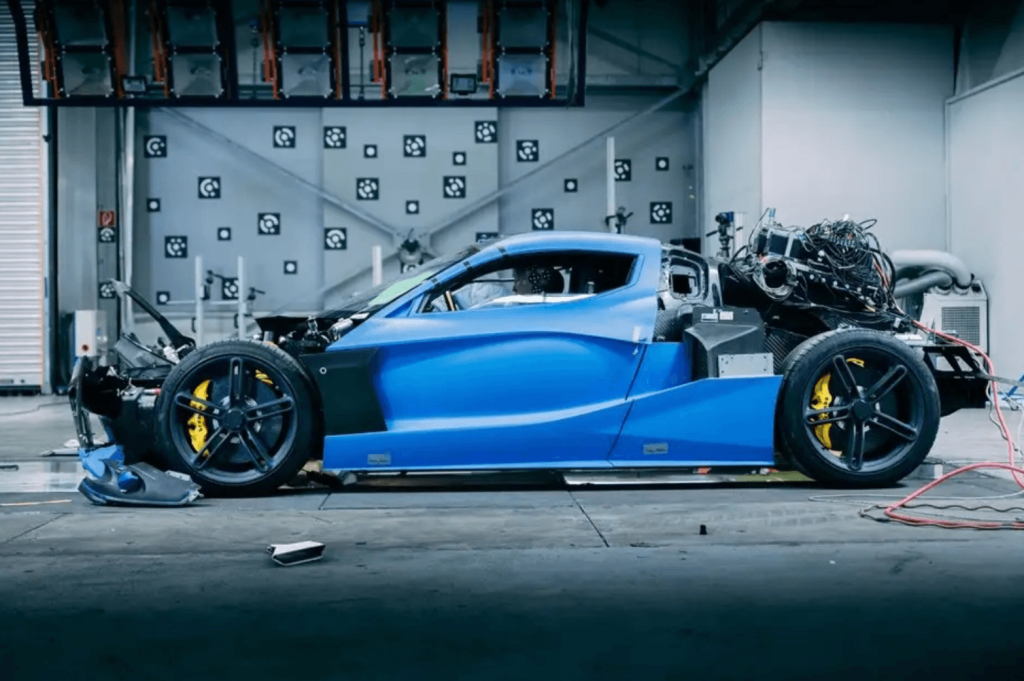
3. Advanced Safety Systems: Keeping Drivers Secure at High Speeds
Supercar safety features are not limited to just the materials used in the car’s construction. Modern supercars come equipped with a wide range of advanced safety systems designed to protect both the driver and passengers, even in extreme conditions.
3.1 Active Safety Features: Preventing Accidents Before They Happen
Active safety features in supercars work to prevent accidents from happening in the first place. These features are designed to assist the driver in maintaining control of the vehicle and responding to dangerous situations.
- Traction Control and Stability Systems: Supercars are equipped with advanced traction control and stability management systems that help prevent wheel slip and maintain stability in slippery conditions or when accelerating at high speeds. These systems work by adjusting engine power and braking to help the driver regain control, reducing the likelihood of accidents.
- Electronic Stability Program (ESP): This system helps to prevent skidding by applying brakes to individual wheels to restore control when the car detects that the driver is losing control. It works in conjunction with traction control to ensure the vehicle remains stable during high-speed driving and cornering.
- Adaptive Cruise Control and Lane-Keeping Assist: Many modern supercars now feature adaptive cruise control and lane-keeping assist systems, which automatically adjust the car’s speed to maintain a safe distance from other vehicles and help the driver stay centered in their lane.
3.2 Passive Safety Features: Protecting Occupants in Case of Impact
In the event of a collision, passive safety features work to protect the vehicle’s occupants. These systems are designed to reduce the impact on the driver and passengers, minimizing the risk of injury.
- Advanced Airbag Systems: Supercars are equipped with advanced airbag systems, which include front, side, and knee airbags to protect occupants from injury during a crash. These airbags are designed to deploy in the event of a high-speed collision, providing cushioning for the passengers and reducing the risk of serious injury.
- Reinforced Passenger Cells: Many supercars feature reinforced passenger cells designed to absorb the impact of a collision and protect the occupants. These cells are often made from carbon fiber or aluminum, which are both incredibly strong materials that can withstand significant force.
- Seatbelt Technology: In addition to airbags, supercars are equipped with high-tech seatbelt systems designed to keep passengers securely in place during a crash. These belts are often coupled with pre-tensioners that automatically tighten during a collision, ensuring that the occupant is held firmly in position to prevent injury.
4. Brake and Suspension Technology: Enhancing Control and Stability
When driving at high speeds, the ability to stop quickly and maintain control is crucial. Supercars are equipped with state-of-the-art braking and suspension systems that allow the driver to maintain control during emergency maneuvers, sharp corners, and high-speed driving.
4.1 Carbon Ceramic Brakes: Stopping Power at High Speeds
Supercars often feature carbon ceramic brakes, which offer superior stopping power at high speeds. These brakes are much more efficient than traditional brake systems, and they provide consistent performance even under extreme conditions. Carbon ceramic brakes are also much lighter than traditional materials, further enhancing the car’s performance and handling.
4.2 Advanced Suspension Systems: Ensuring Stability at High Speeds
Supercars are equipped with advanced suspension systems designed to maintain optimal stability at high speeds. Active suspension systems allow the car’s ride height and suspension stiffness to be adjusted automatically, ensuring that the vehicle remains stable during high-speed driving or cornering. This helps prevent rollovers or loss of control, particularly in challenging driving conditions.
5. Testing and Regulations: Ensuring Supercar Safety Standards
Supercar manufacturers go to great lengths to ensure that their vehicles meet stringent safety standards. This includes conducting rigorous crash tests, ensuring compliance with safety regulations, and using the latest safety technologies.
5.1 Crash Testing: A Crucial Step in Supercar Development
Supercar manufacturers conduct extensive crash testing to ensure that their vehicles can withstand a range of impact scenarios. These tests include front, side, and rear-impact tests, as well as rollovers and pedestrian safety tests. By simulating real-world accidents, manufacturers can identify potential vulnerabilities and make improvements to the car’s safety systems.
5.2 Compliance with Global Safety Standards
Supercar manufacturers must also ensure that their vehicles meet global safety standards, such as those set by the European Union, the National Highway Traffic Safety Administration (NHTSA), and other regulatory bodies. These standards cover everything from crashworthiness to safety technology and ensure that supercars meet or exceed the minimum safety requirements.
6. Conclusion: The Future of Speed and Safety
Supercars have come a long way in terms of performance and safety. While speed and acceleration are still at the core of these vehicles, manufacturers have made significant strides in integrating advanced safety features that protect both the driver and passengers. From the use of advanced materials like carbon fiber to the implementation of cutting-edge electronic systems, supercars now offer the best of both worlds—exceptional performance and top-tier safety.
As technology continues to evolve, supercars will undoubtedly incorporate even more advanced safety features without compromising on their thrilling performance. Whether it’s through new materials, better aerodynamics, or more sophisticated active safety systems, the future of supercar safety looks bright, ensuring that drivers can continue to enjoy the thrill of speed without sacrificing peace of mind.

